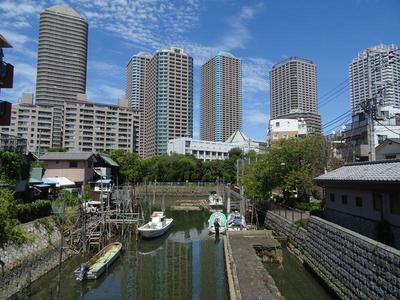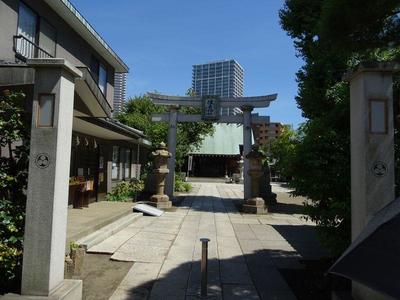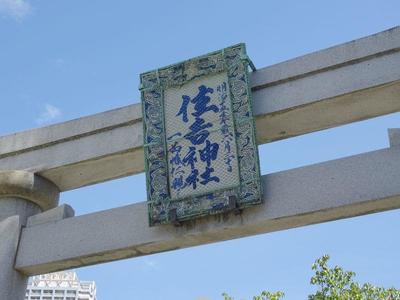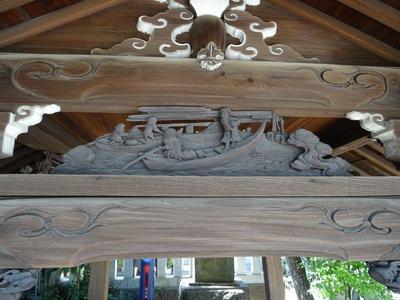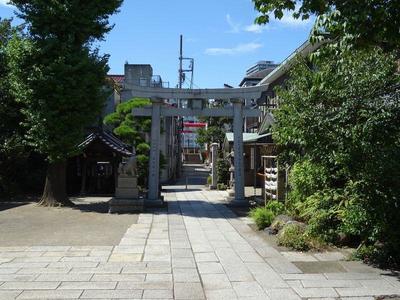Hello![]()
Today, I would like to introduce a few photos taken when I took a walk around Tsukuda 1-chome the other day.
The Tsukuda 1-chome area, just a short walk from Tsukishima Station, began when fishermen emigrated from Tsukudamura, Nishinari-gun, Osaka during the Edo period, and the scale and atmosphere of Ryoshimachi still in the past It is an area where the atmosphere remains.
From Tsukuda Kobashi over the boat pool, the contrast between the atmosphere of Tsukuda 1-chome and the Okawabata River City at Tsukuda 2-chome creates a unique landscape.
By the way, cross the Tsukuda Kobashi and explore the city lined with Tsukudani-ya....
We arrive at "Tsukuda Island Sumiyoshi-jinja Shirine".
It was founded in 1646, and has been enshrined since people began living on Tsukuda Island. That should be the beginning of this shrine, which was originally located in Tsukuda Village, Osaka.
The biggest highlight of this Tsukuda Island Sumiyoshi-jinja Shirine is "pottery flat".
A flat (hengaku) is a plate on a torii or roof that represents the name or name. In general, flats are made of wood or stone, but they are often made of wood or stone.
The flathead of the torii gate at Sumiyoshi-jinja Shirine on Tsukuda Island is made of pottery. If you look closely, the beautiful texture is wonderful.
In 1882 by Meiji period, it was written by Prince Naruhito Arisugawa Miyanobori and became the central ward Tangible Cultural Property because of its preciousness.
In addition, at Sumiyoshi-jinja Shirine, Tsukuda Island, a basin (a place to wash hands and mouths before visiting) was built in Meiji period, so it is designated as a central ward Tangible Cultural Property.
The sculptures of the trees in the ranma are stunning, and the boats and waves are expressed, so you can see that the land is closely related to fishing and water transportation.
Finally, if you take a look at this picture carefully, you will see it.
There are two torii gates in front of Sumiyoshi-jinja Shirine on Tsukuda Island, and apart from the entrance of the shrine (stone and has a ceramic flat), there is also a red torii at the back of the photo, but this red torii It stands facing the Sumida River.
I felt that it was a shrine that accessed and visited by boat from the Sumida River.
What I thought about taking a walk this time was that Tsukuda 1-chome has few high buildings, the sky is wide, and the river is close, making it an area where the blue sky looks good.
The remaining heat seems to be still severe, but on a clear day, how about Tsukuda Island Sambo!
